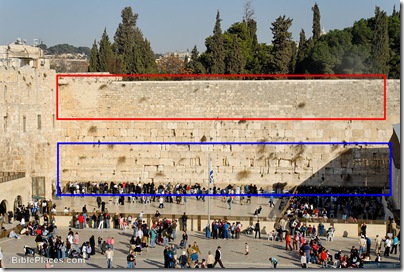Lela Gilbert has an article in the Jerusalem Post on the recent trend of denying that a Jewish temple existed in Jerusalem. It includes a lengthy interview with archaeologist Gabriel Barkay, and concludes:
IN SPITE of these discoveries, Temple denial remains a growing phenomenon in Europe and America, particularly in leftist intellectual circles. It is supported by the reality that there are no visible remains of the temples of Jerusalem on the Temple Mount. Barkay contends that there were remains still visible in the 1960s and 1970s, which have either been removed or covered up by gardens.
“The Islamic Wakf says, ‘We are not going to let you dig, but show us any remains of the Temple.’ You cannot have it both ways. If you don’t allow people to dig, then don’t use this absence of remains as an argument.
“Temple denial is a very tragic harnessing of politics to change history. It is not a different interpretation of historical events or archeological evidence. This is something major. I think that Temple denial is more serious and more dangerous than Holocaust denial. Why? Because for the Holocaust there are still living witnesses. There are photographs; there are archives; there are the soldiers who released the prisoners; there are testimonies from the Nazis themselves. There were trials, a whole series of them, starting with Nuremberg. There are people who survived the Holocaust still among us. Concerning the Temple, there are no people among us who remember.
“Still, [to deny the Temples], you have to dismiss the evidence of Flavius Josephus; you have to dismiss the evidence of the Mishna and of the Talmud; and you have to dismiss the writings of Roman and Greek historians who mention the Temple of Jerusalem. And you have to dismiss The Bible. That is, I think, way too much.”
Previous related post: Muslims Recognize Temple’s Existence
HT: Joe Lauer
